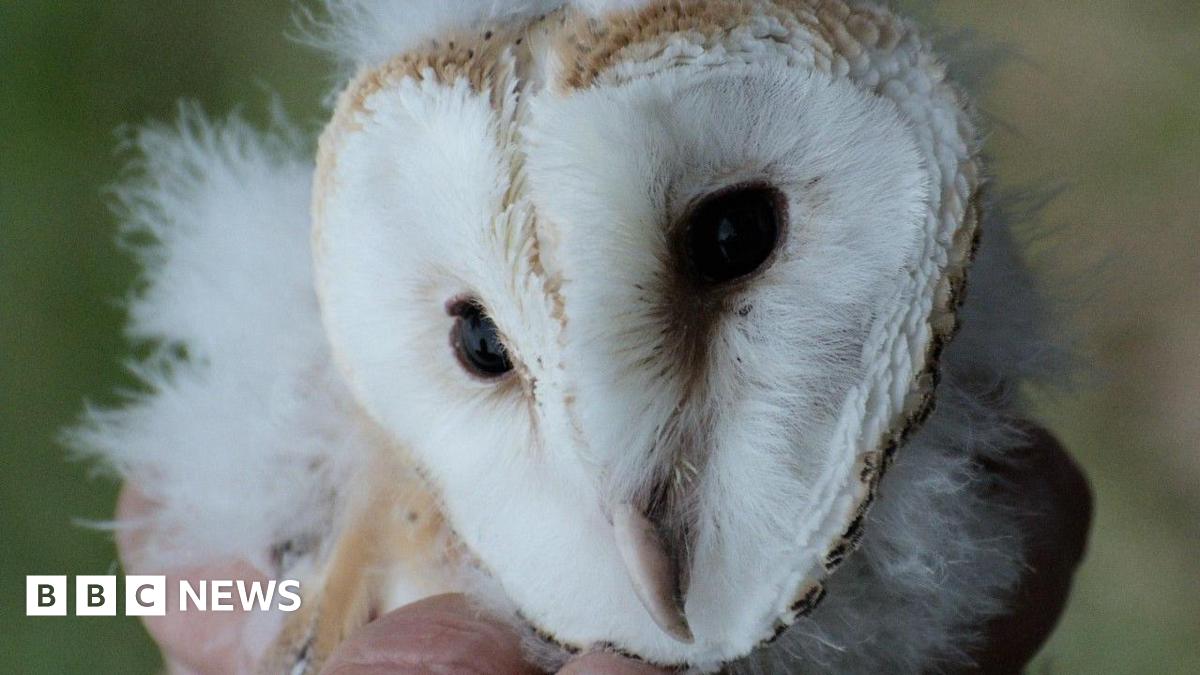Silent Census: AI Uses Sound to Count Baby Owls, Revolutionizing Wildlife Research

Revolutionary AI Technology Offers Non-Invasive Owl Population Monitoring
Wildlife conservation is undergoing a significant shift, thanks to a groundbreaking new technology developed by researchers at Bournemouth University. This innovative approach uses artificial intelligence (AI) to count baby barn owls solely through their unique vocalizations, eliminating the need to disturb sensitive nests and providing a crucial tool for population monitoring.
The project, spearheaded by PhD student Kavisha Jayathunge, has demonstrated the remarkable ability of AI to identify individual bird “voiceprints.” This means the system can distinguish between different owls based on the subtle variations in their calls, allowing for an accurate count without the need for physical observation or intervention.
The Challenge of Owl Census
Traditionally, counting owl populations has been a laborious and often disruptive process. Researchers typically rely on manual nest checks, which can be time-consuming, require specialized equipment, and potentially disturb the owls and their young. This can be particularly problematic for vulnerable species or habitats.
The AI Solution: Listening to the Forest
Jayathunge’s research offers a compelling alternative. The AI system utilizes sophisticated algorithms to analyze recordings of owl calls, identifying patterns and characteristics that differentiate individual birds. The system is trained on a database of owl vocalizations and continuously improves its accuracy through machine learning.
“We’re essentially teaching the AI to ‘listen’ to the forest and recognize the unique voices of individual owls,” explains Jayathunge. “This allows us to estimate population sizes without intruding on their nests, minimizing stress on the birds and providing a more sustainable monitoring method.”
Potential Applications Beyond Owls
The implications of this technology extend far beyond owl conservation. The principles behind this AI-powered acoustic census could be applied to monitor other bird species, as well as other wildlife that communicate through vocalizations. This opens up exciting possibilities for researchers studying biodiversity, tracking endangered species, and assessing the impact of environmental changes on wildlife populations.
Future Research & Development
The team at Bournemouth University is currently working on refining the AI system and expanding its capabilities. Future research will focus on improving the system's accuracy in noisy environments, adapting it to different owl species, and exploring its potential for real-time monitoring using remote acoustic sensors. They are also investigating the possibility of using the technology to study owl behavior and social interactions.
This innovative approach represents a significant step forward in wildlife conservation, demonstrating the power of AI to provide non-invasive and sustainable solutions for monitoring and protecting our planet’s precious biodiversity. It’s a testament to the fact that sometimes, the best way to understand nature is simply to listen.






